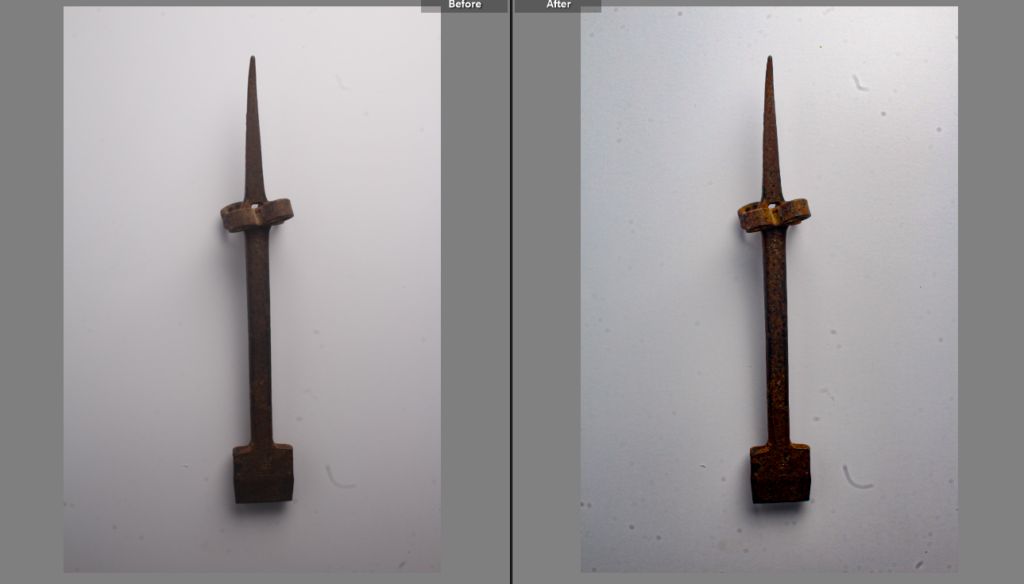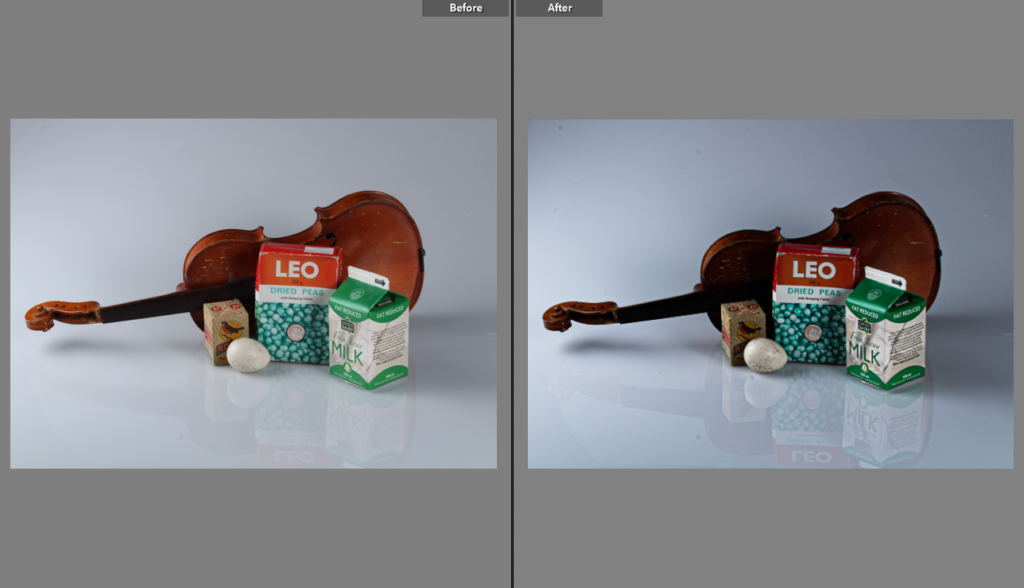what is still life photography?
Still Life is the art of photographing inanimate objects which can be natural (flowers, food, plants, rocks, etc) or man-made (books, vases, glasses, jewellery) typically arranged in small groups. There are two types of still life photography: found still life and created still life. Found still life photographs are random collections of things that are arranged without any outside help, meaning you don’t move them to make your picture look the way you want it. Created still life photographs, on the other hand, are photographs of objects that have been arranged to look a certain way. The painting generally considered to be the first still life is a work by the Italian painter Jacopo de’Barbari painted 1504. The “golden age” of still-life painting occurred in the Lowlands during the 17th century.

Paintings with aspects of the natural world were so common in the Netherlands that, during the seventeenth century, the Dutch words stilleven and landschap were adopted into English as “still life” and “landscape.” Before the mid-1600s, though, the Dutch usually referred to pictures by their individual subjects such as “breakfast piece” or “winter snow scene.”
Found still life examples..



Created still life examples…



My still life photos




What did equipment did I use to take my photos?
Infinity curve

An infinity curve, also sometimes called an infinity cove, is used to create a stage with a plain, single-colour background. This approach serves several purposes. It’s popular with product photographers because it allows them to clearly define the subject of an image by remove the appearance of a background of any kind. The defining feature of an infinity curve is a lack of angles. Since an infinity curve doesn’t have any corners, shadows don’t gather in the background. The end result is a finished image where the subject appears to have been placed on plain white paper or a blank canvas.

Overhead setup

The overhead shot is a high angle shot almost directly (or literally directly) above the subject. It allows the viewer in on the action but still maintains character detail. It’s most commonly used in food photography to take photos/videos whilst cooking or preparing food.

